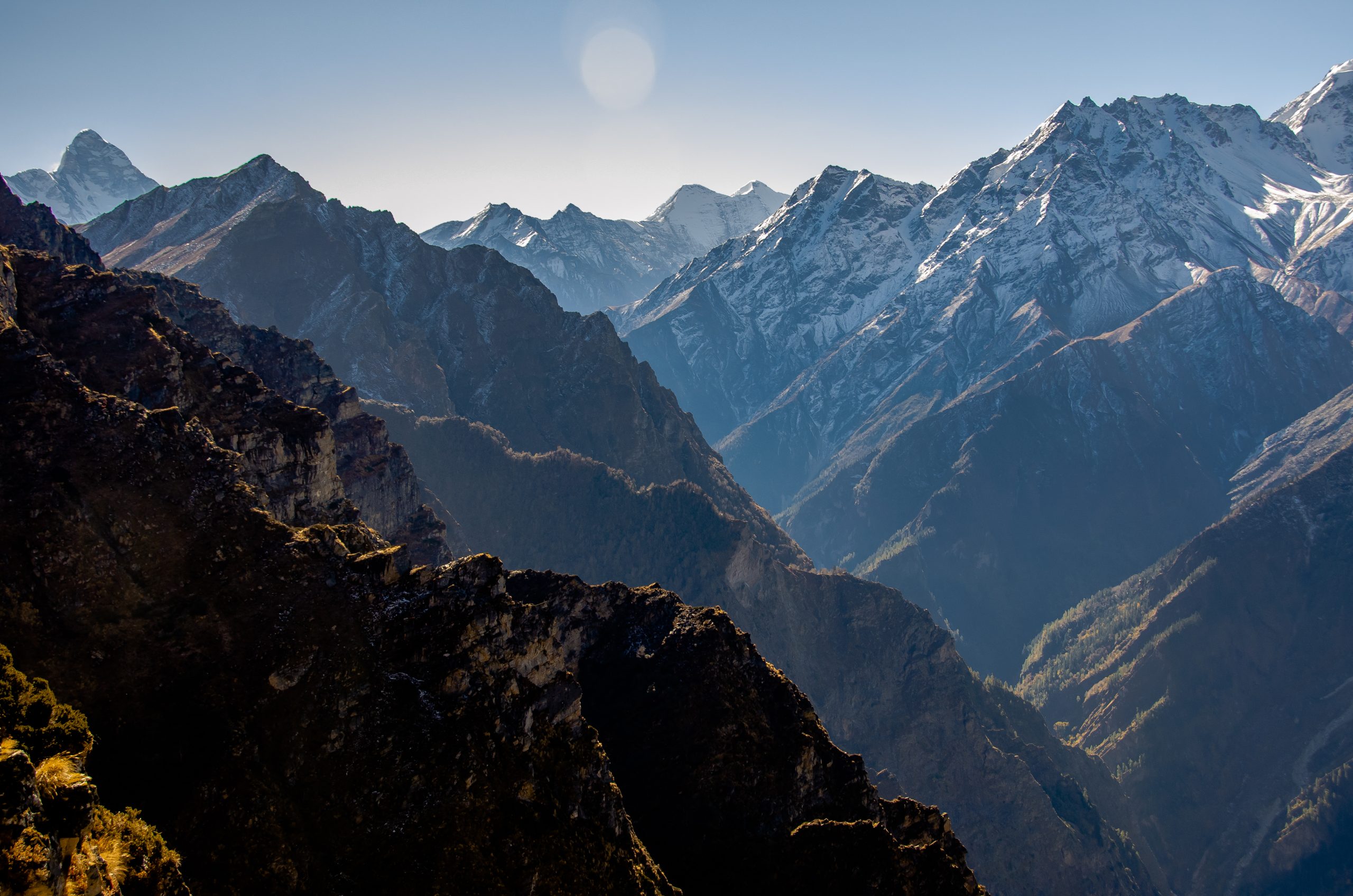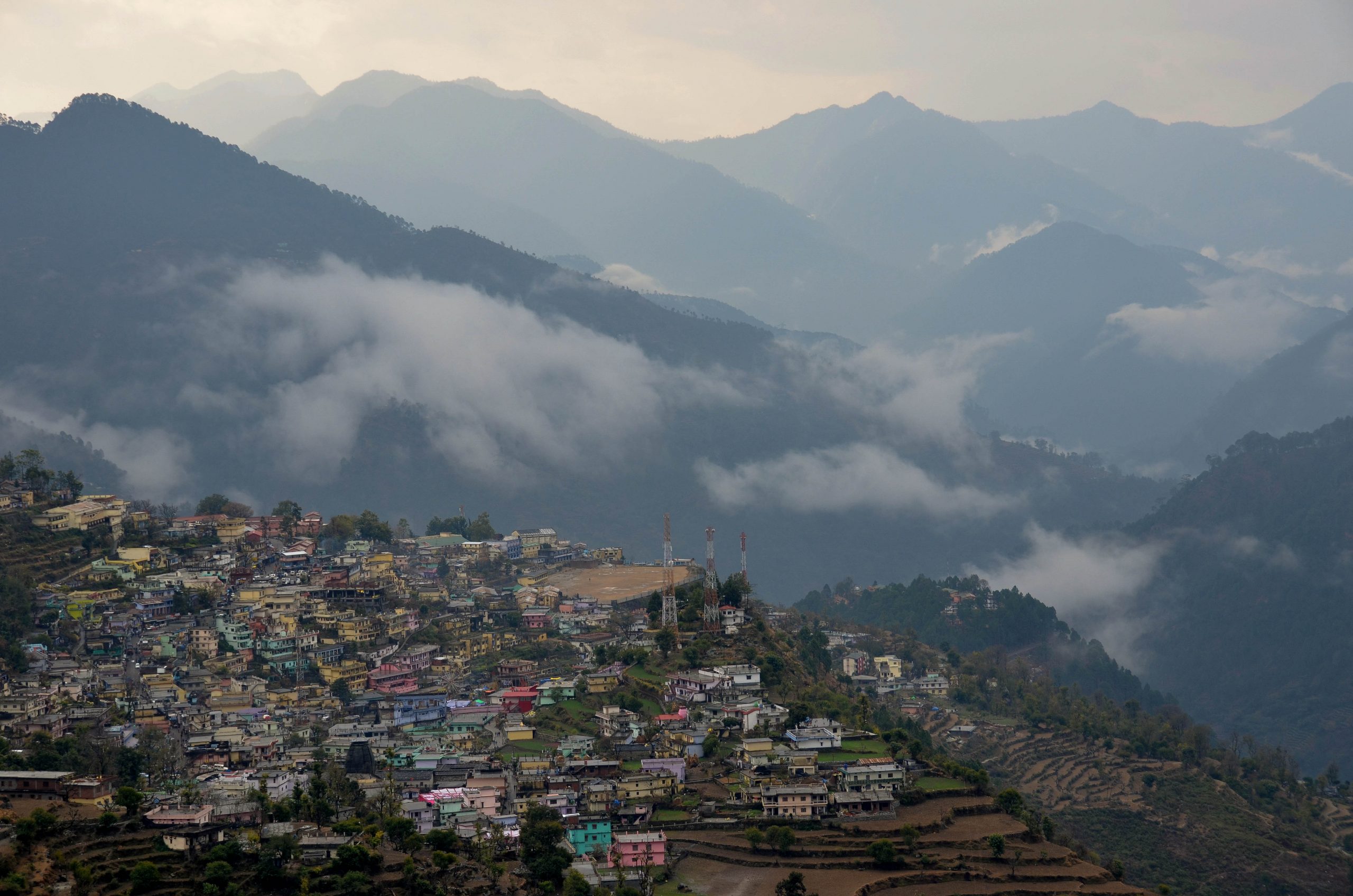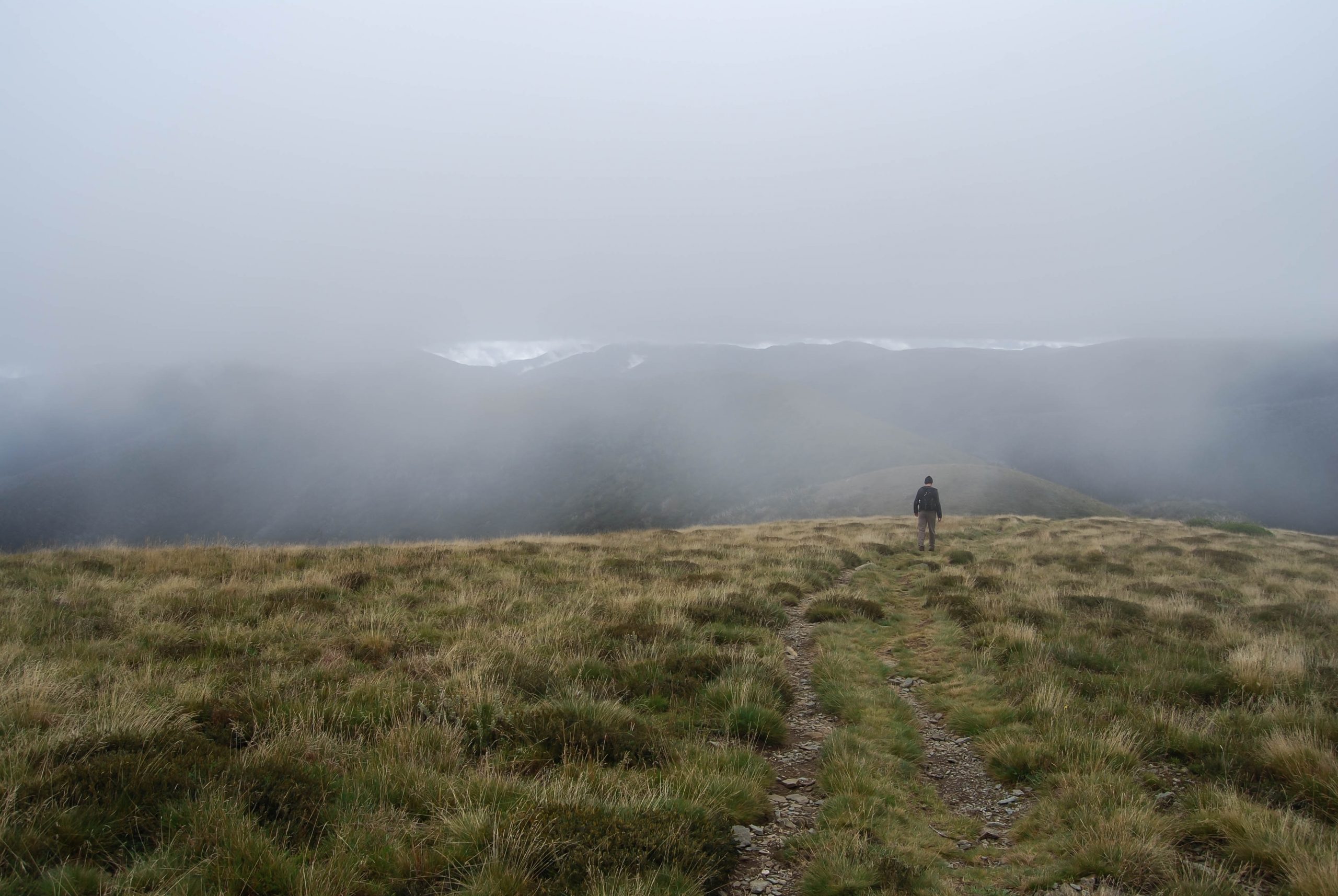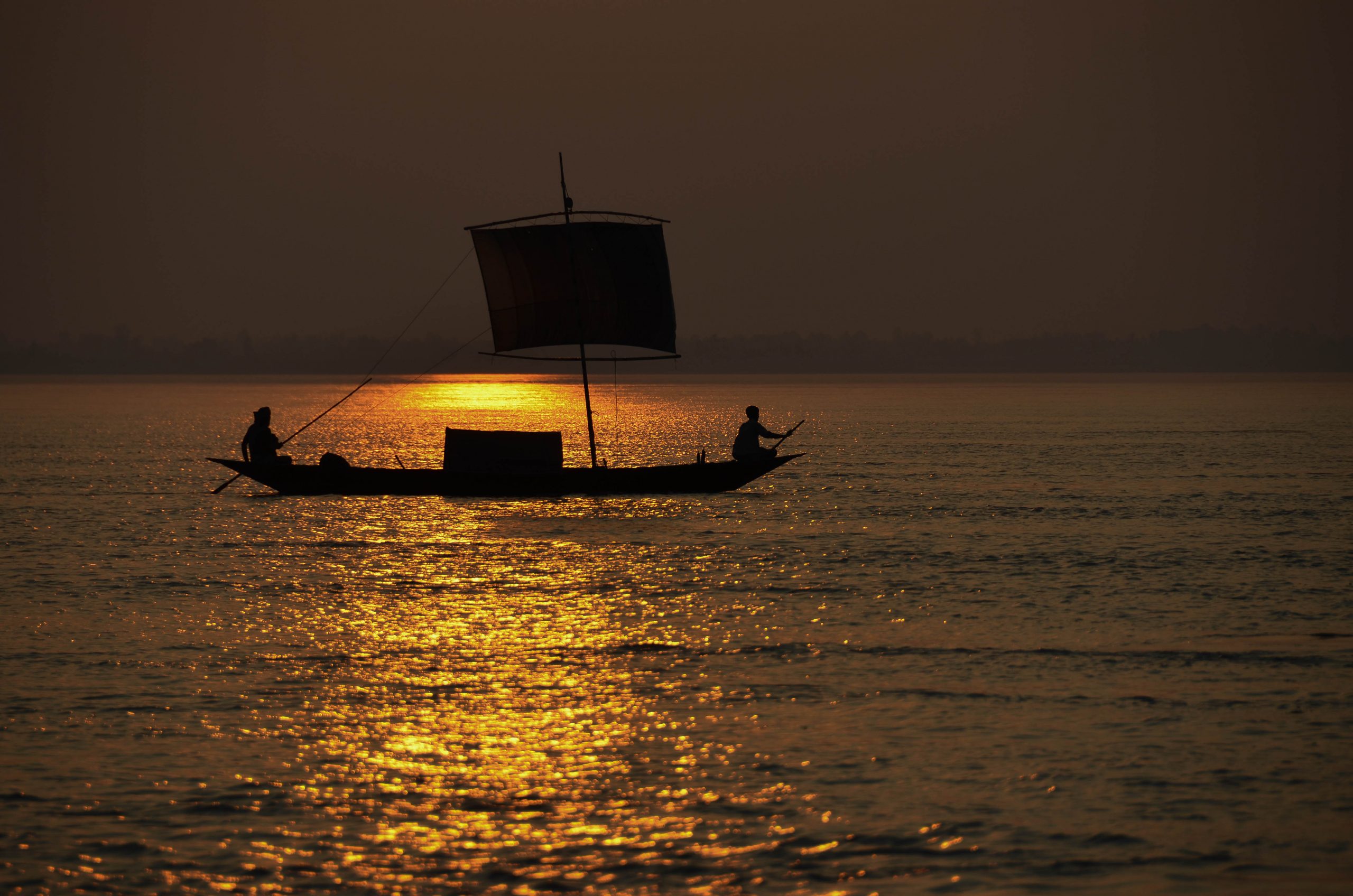
LoST in landscapes
Engaging with a landscape while travelling slowly takes many forms. It can be about sounds – the sound of a bird calling, the rustle of an animal in the bush, the gurgle of water, the call of a farmer rounding up cattle.
It can be about smells – the smell of summer rain, the smell of a bush in spring, the smell of eucalyptus leaves in the height of summer. It can be about feel – the cool of a microclimate that you ride through, the feel of a hill on your legs, the feel of the pack on your back or the paddles in your hand. And it can be about sight – seeing the stars in the night sky, the sunset, the rolling hills, the mist rising from the water early in the morning.
Of course, it is often all of these – an integration of senses embracing a scene that remains in our experiences, our memories and our thoughts.
There’s a significant difference between travelling through a landscape and travelling in a landscape. It’s amazing what difference one word makes.
For me, travelling in a landscape implies more than a focus on a destination – travelling to get somewhere. Travelling in a landscape implies destination and means are interconnected – the engagements of the landscape and its communities occur from beginning to end of time ‘away’.
#LSTinlandscapes on Twitter or Instagram
LoST IN LANDSCAPES
It used to be that landscapes were understood as being shaped by natural processes – the actions of water, wind, ecological processes, geological processes. These ideas tended to downplay the human dimension – the ways communities, cultures and societies shape, and are shaped by, the landscapes where they live.
When we see landscapes as having these socio-cultural components, we see how people value landscapes – in cultural, social, economic and historical ways. This gives us a greater sense of the landscape as well as the ways we can develop our own attachments, meanings and engagements as we travel within them. This is the essence of LoST – travelling within landscapes rather than through them, understanding more about the ways local communities shape them and understanding more about our roles and contributions as travellers. Find more information by clicking on the landscape images at the left.




